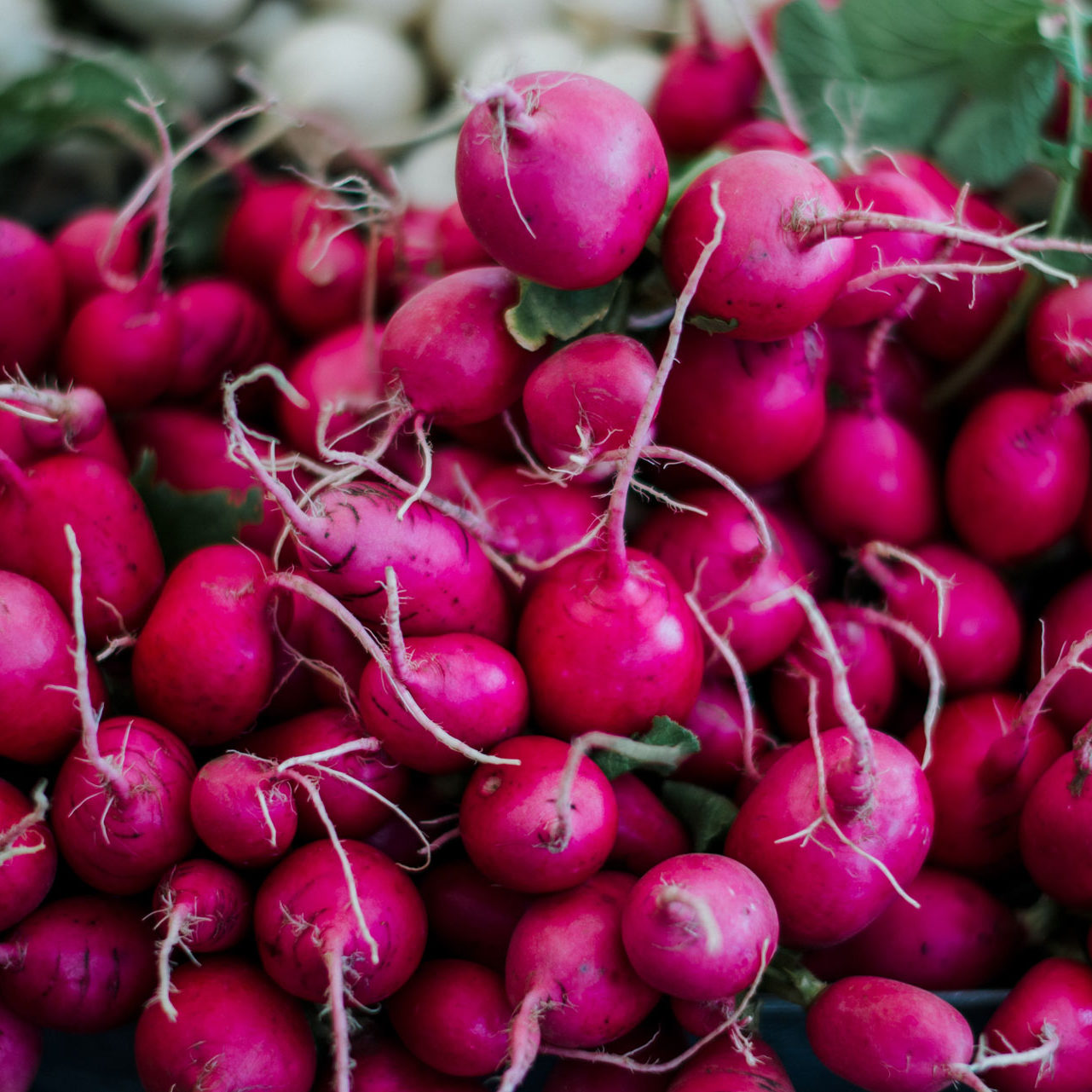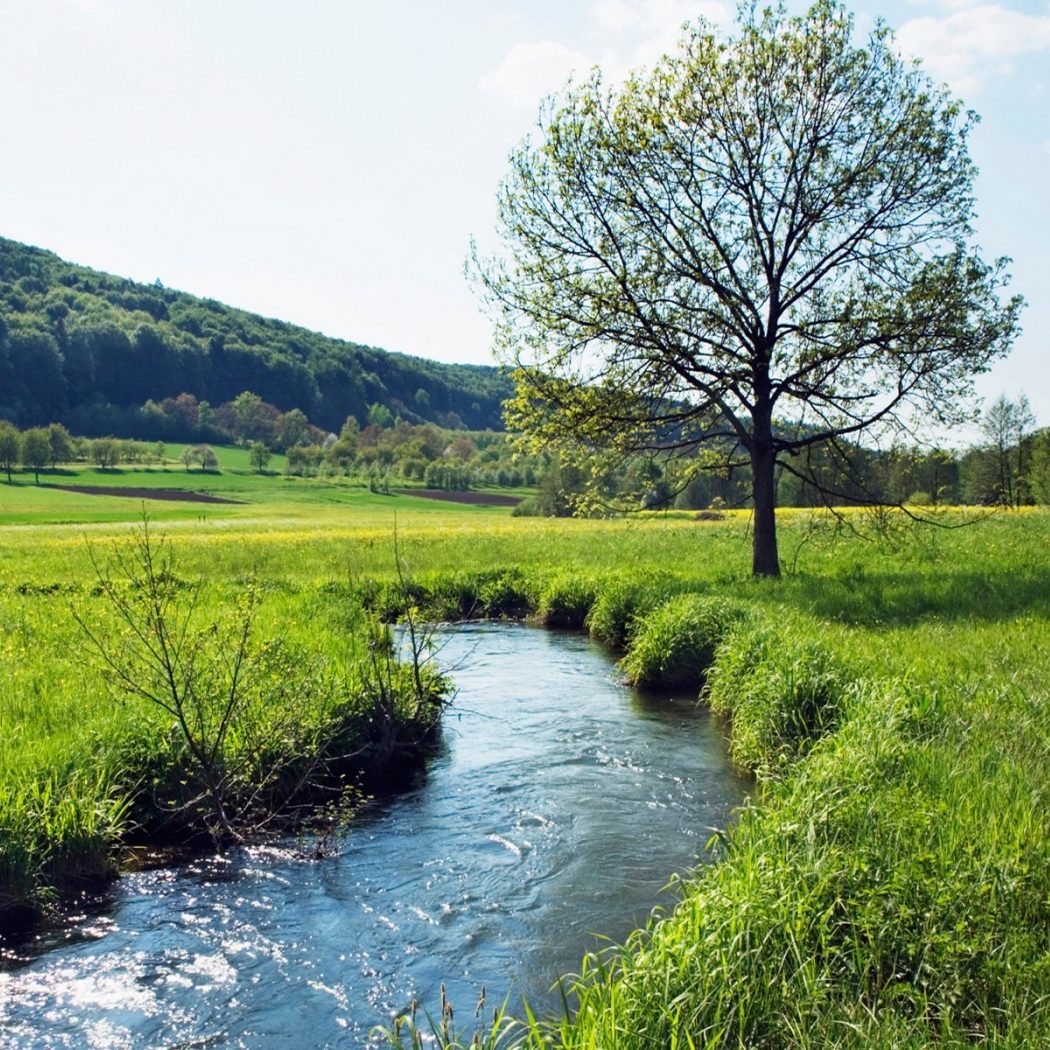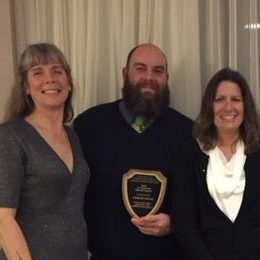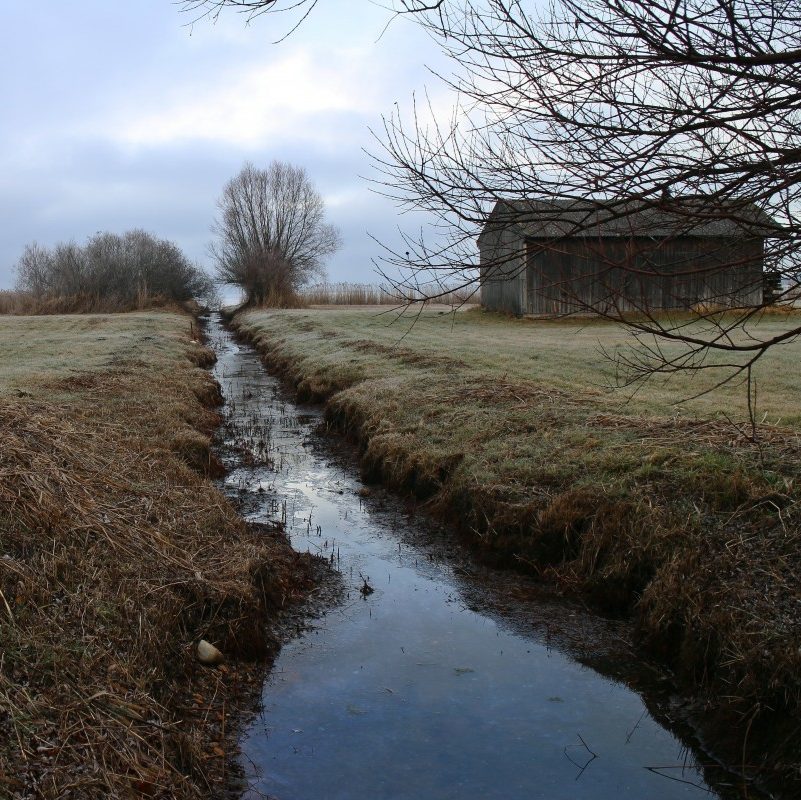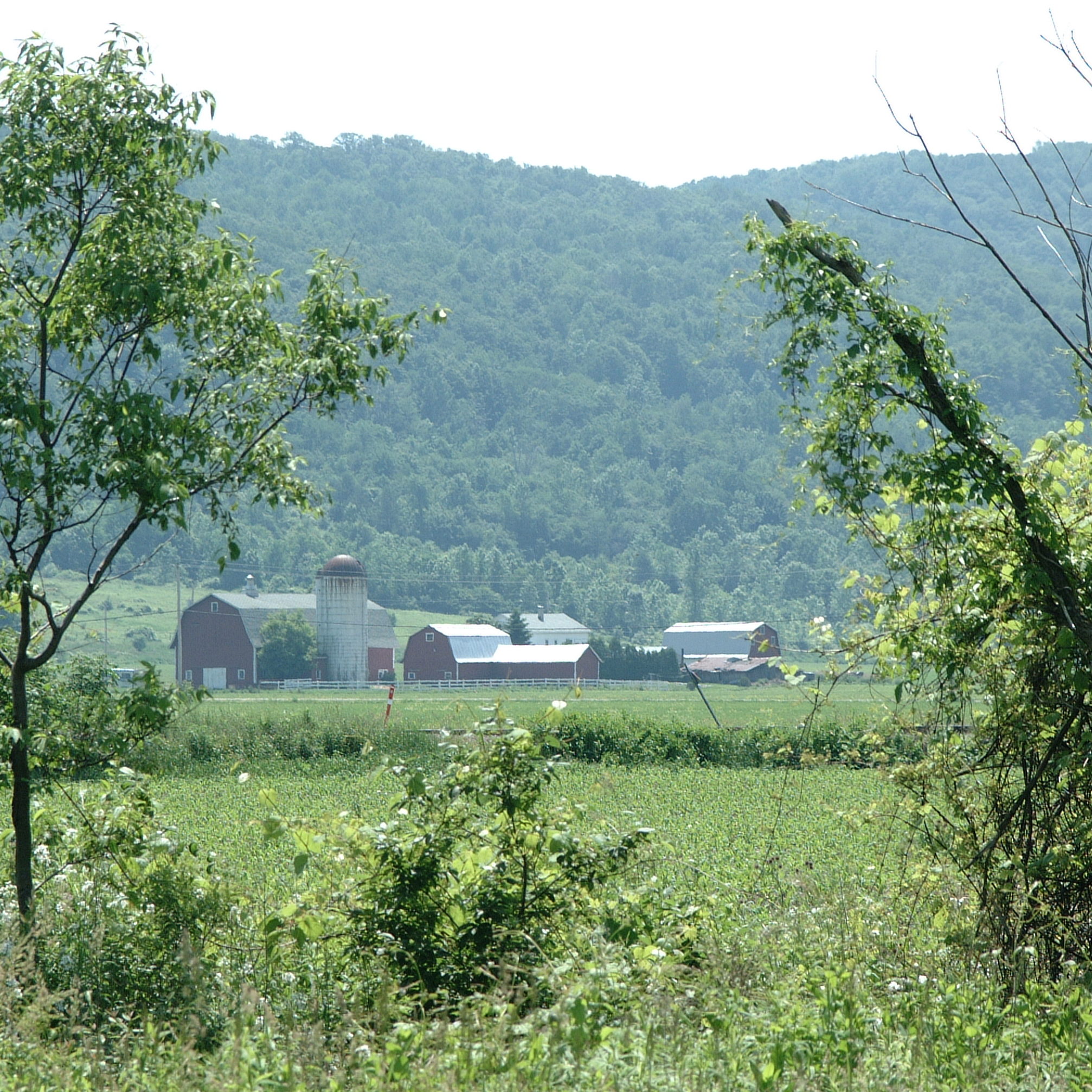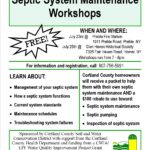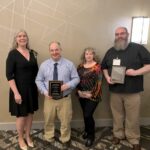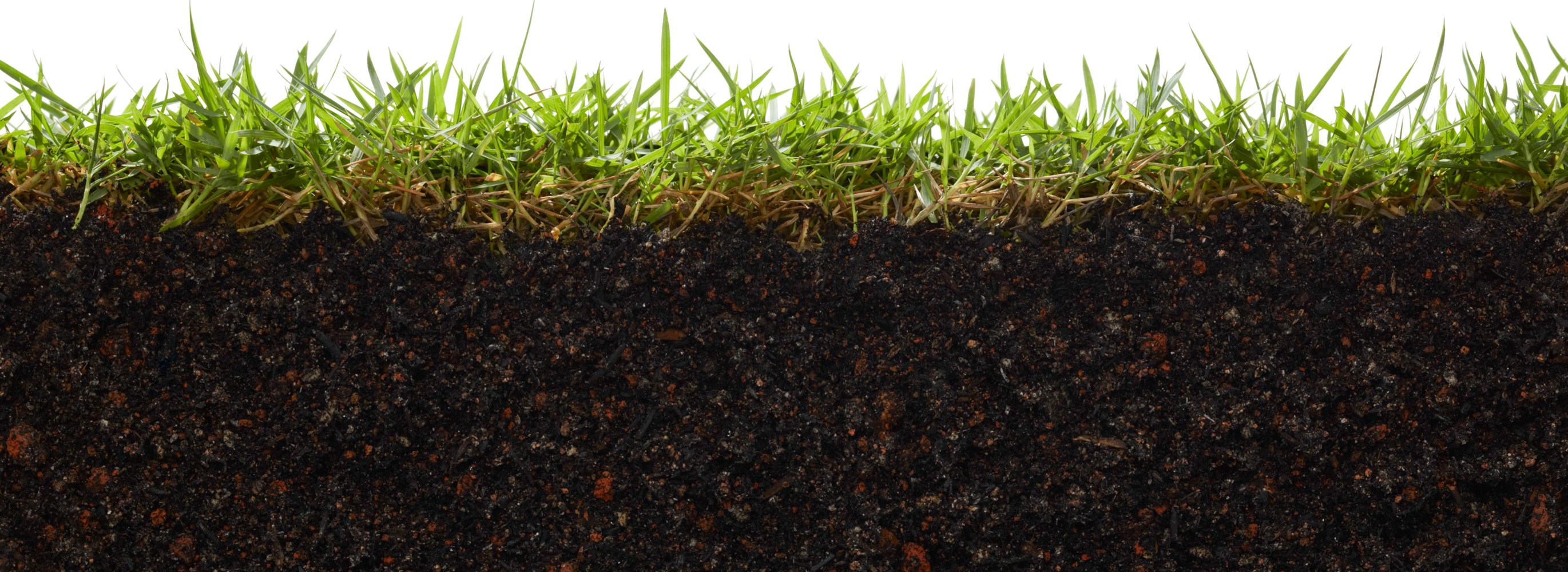VIRTUAL WATER FESTIVAL 2021
Enjoy these videos brought to you by the Cortland County Soil and Water Conservation District and other local water agencies. While we are not able to host the Annual Water Festival, we can still provide you with information and resources about why water is such an important part of our ecosystem, community and lives! While we will be featuring a separate topic each day, all the videos are available here and now for your use and enjoyment: Groundwater, Water Pollution, Aquatic Invasive Species, Soil Erosion, Tree Buffers and Amphibians and Reptiles.
Video Schedule:
Sunday, May 30
“Come Along on a Tour of the Cortland-Homer-Preble Aquifer”
Doug Withey, retired Water Superintendent for the City of Cortland, takes you on a tour of our aquifer from the headwaters at Gracie Road to the City Waterworks. Along the way he discusses details of our aquifer, our drinking water infrastructure and why it’s so important to protect our aquifer. Although an aquifer is in the ground and may seem safe, our aquifer is actually quite vulnerable to our activities up on top of the ground.
Monday, May 31 (Memorial Day)
“Questions and Answers about Groundwater”
Kathy McGrath, Water Quality Specialist with the Cortland County Soil and Water Conservation District, and Matt Wethje, Chief Water Systems Operator for the City of Cortland, talk about water quality of our Cortland-Homer-Preble aquifer. This aquifer has been designated by the US Environmental Protection Agency as a Sole Source Aquifer, which means that in the Cortland area, we have no other source of drinking water. What would we do if it got contaminated?! They explain what and where groundwater is, how the City delivers high quality water to your home, how the aquifer can get contaminated, and how we know that it’s clean.
Tuesday, June 1
“Freddie the Fish and Water Pollution”
Mark Burger, District Manager of the Onondaga County Soil and Water Conservation District, talks about how water pollution hurts aquatic resources, including Freddie the Fish. Many different kinds of pollution degrade habitat for New York native organisms that are part of our natural heritage. Pollution also interferes with our ability to enjoy fishing, swimming and other water-based recreation. Learn from Mark and Freddie why we have to keep our streams and lakes healthy and clean.
Wednesday, June 2
“Aquatic Invasive Species are Pollution Too!”
https://www.youtube.com/watch?v=1xrKV9xceZM
Colleen Zawadski and Tarki Heath, representatives of COFOKLA, the Cortland Onondaga Federation of Kettle Lake Associations, talk about aquatic invasive species, how they disrupt aquatic ecosystems, interfere with our use of those waterbodies, and how we can help stop aquatic invaders from hurting our lakes. Once a new aquatic invasive species has entered a lake it’s very difficult to remove or even manage it. Prevention is the key! Learn more about these species and why and how it’s critical that we keep them OUT!
Thursday, June 3
“Everyone Wins When We Keep Soil on the Land!”
https://www.youtube.com/watch?v=9FDnCCSiBH
https://www.youtube.com/watch?v=JEecN7nA-js
Two videos today! The focus today is on soil erosion and the importance of keeping soil on the land and out of the water. Everyone wins – the landowner, the water, and the people using the water, when soil stays where it belongs. The first video by the American Farmland Trust discusses agricultural practices that protect soil productivity while also protecting water quality and reducing erosion. The second video by Bayer Crop Science uses a rainfall simulator to show how different agricultural practices influence how much soil is eroded and how much water is able to infiltrate into the soil and therefore be available to crops.
Friday, June 4
“Forested Buffers Protect Streams and Reduce Erosion!”
https://www.youtube.com/watch?v=n0g5ls75nC8
Two videos today! Forest buffers along streams restore streambank stability, reduce erosion, provide habitat and food for fish and other aquatic life and provide shade that cools the water. The first video today comes from the Alliance for the Chesapeake Bay, and talks about how forested stream buffers can restore eroding stream banks. Healthy streams do not contribute to soil erosion and provide habitat for aquatic life such as brook trout. In the second video Taylor Held with the Upper Susquehanna Coalition (USC) teaches you how to plant a tree! The USC is a coalition of county conservation districts including Cortland County that drain to the Chesapeake Bay via the Susquehanna River.
Saturday, June 5
“Fun with Amphibians and Reptiles and Why Water Pollution Hurts Them”
http://www.uppersusquehanna.org/usc/2019/09/24/help-support-hellbender-conservation/
We end our Virtual Water Festival Week with a bang – two videos today having fun with amphibians and reptiles! First learn more about them with Anthony Vicente from the Lime Hollow Nature Center. Anthony takes you on a field trip and shows you where frogs live in the wild and who makes those weird night time sounds. He’ll talk about how amphibian skin is different and makes these animals especially vulnerable to water pollution. Then, a video from the Upper Susquehanna Coalition will introduce you to the hellbender, a gentle giant New York native salamander. The hellbender lives in the larger rivers of central New York, has been hurt by water pollution, and is being conserved through efforts of the USC, the Bronx Zoo and other organizations.

